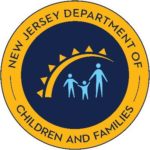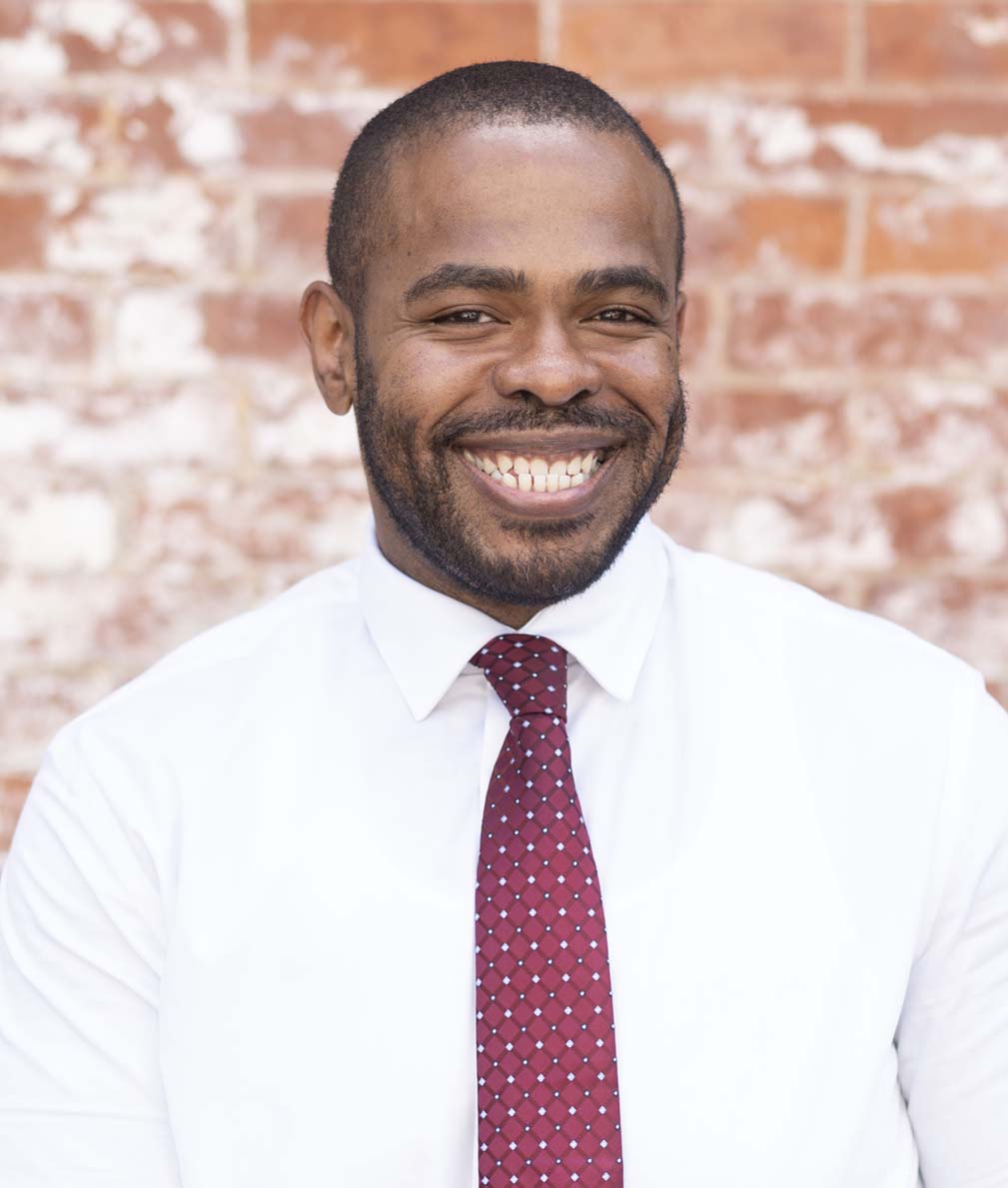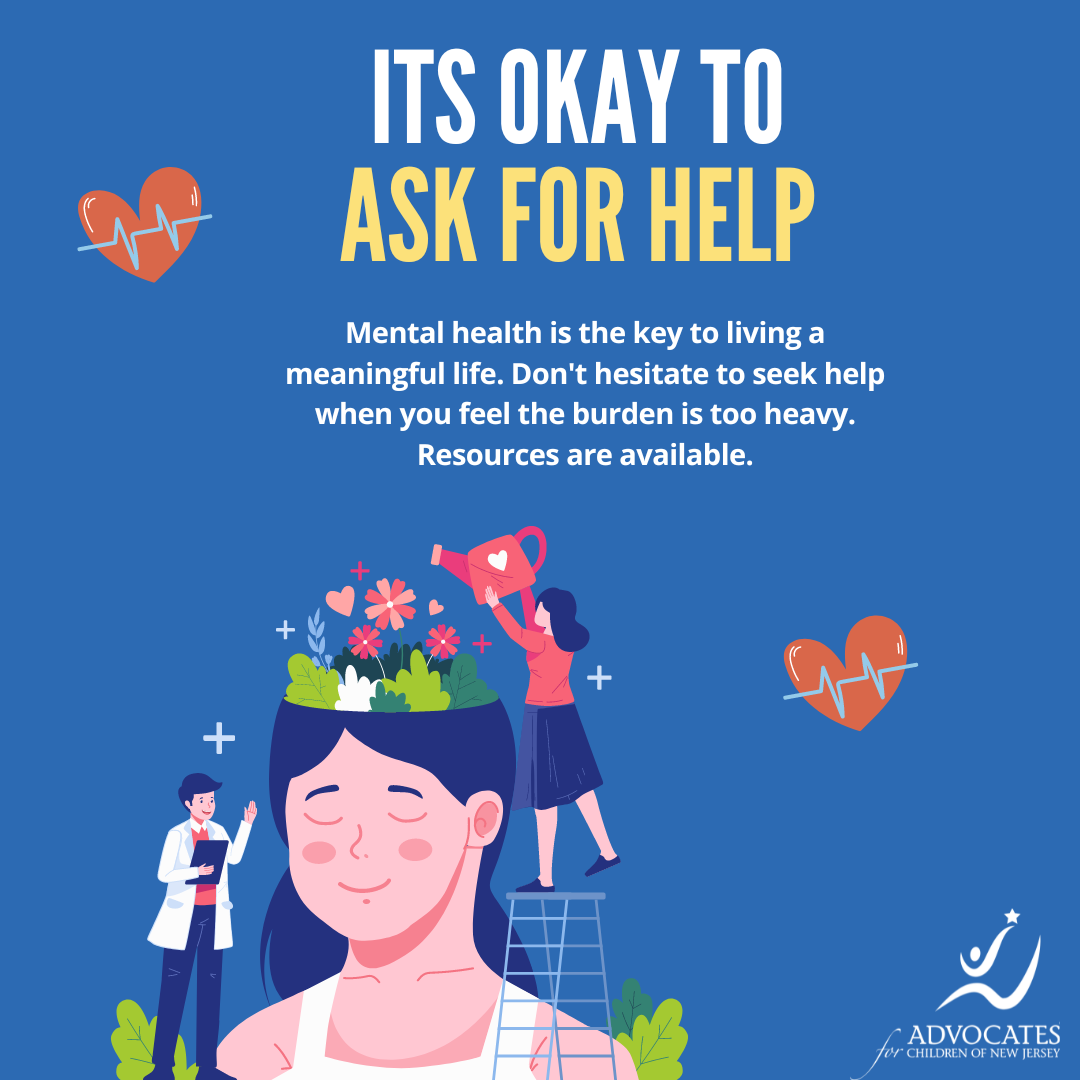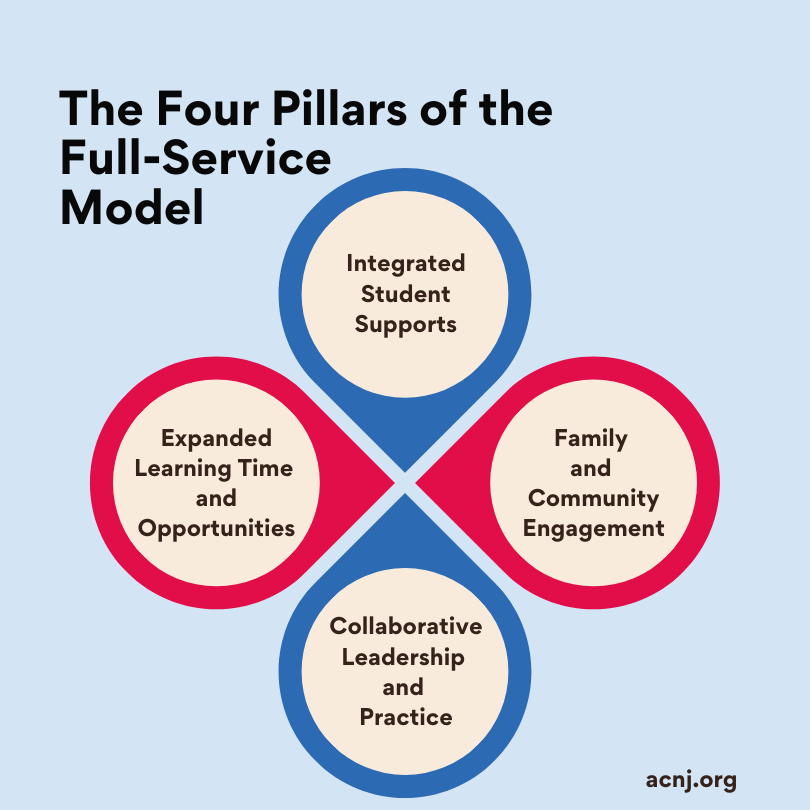Posted on March 18, 2021
The recently passed American Rescue Plan, which provides COVID-19 relief and economic stimulus, sends a total of more than $39 billion in relief funding to the child care sector. This adds to the roughly $13.5 billion in child care funding in prior COVID-19 relief packages. The American Rescue Plan represents an enormous win for child care providers, who have been struggling during this crisis, and by extension the children and families that they serve.
From the latest package, New Jersey is estimated to receive about $694 million of those funds, based on analysis by the Center for Law and Social Policy.
These funds for New Jersey are roughly divided into two categories:
- $267 million for the Child Care Development Block Grant (CCDBG) and
- $426 million for the “Child Care Stabilization Fund.”
Smaller amounts will be available for additional Head Start and Temporary Aid to Needy Families (TANF) child care funding.
The CCDBG funds come with significant flexibility in how they can be used to support children, families, and providers. The state will decide the specific policies to put in place and how to distribute funds. Exactly how and when this funding will be available to providers is still yet to be determined.
View the New Jersey Department of Human Services's website regarding child care and COVID-19.
For any additional questions, contact Senior Policy Analyst Cynthia Rice at crice@acnj.org.

 The NJ Department of Children and Families is accepting applications for its Youth Council, beginning in Fall 2021. Young people between the ages of 16-32 who have been involved in the Division of Child Protection and Permanency (DCP&P), formerly known as DYFS, the NJ Children’s System of Care or CSOC, (also known as CMO) and/or DCF”s Office of Education, or a DCF Regional School are eligible to apply. If you are interested in creating change in the policies and practices in one of these systems and want to elevate youth voice in case planning, please click here and apply TODAY!
The NJ Department of Children and Families is accepting applications for its Youth Council, beginning in Fall 2021. Young people between the ages of 16-32 who have been involved in the Division of Child Protection and Permanency (DCP&P), formerly known as DYFS, the NJ Children’s System of Care or CSOC, (also known as CMO) and/or DCF”s Office of Education, or a DCF Regional School are eligible to apply. If you are interested in creating change in the policies and practices in one of these systems and want to elevate youth voice in case planning, please click here and apply TODAY!



